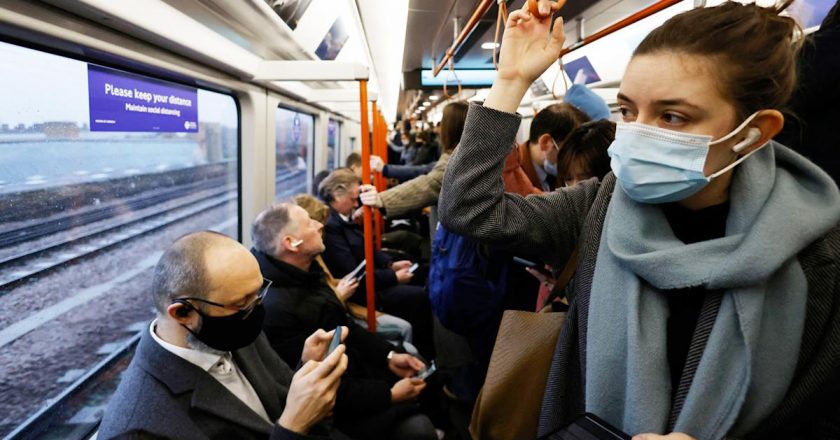Two years of COVID: The battle to accept airborne transmission – Al Jazeera English
For Catherine Noakes, a scientist who studies how pathogens move in the built environment, the first few months of the coronavirus pandemic were punctuated with a foreboding sense of frustration.
That frustration was rooted in the readily accepted assumption that COVID-19 was not spreading through the air via microscopic particles called aerosols, but predominantly through larger respiratory droplets expelled among people in close proximity and falling quickly on nearby surfaces.
The World Health Organization (WHO) — which sets the tone for many nations — early on denied COVID-19 was spreading through these tiny aerosols suspended in air.
As evidence mounted, alongside pressure from scientists like Noakes, the agency eventually acknowledged the possibility of airborne transmission —...









